In this article, I’d like to introduce the most popular historical sightseeing spot in Osaka, Osaka Castle! This is my third article continuing from Part 1 and Part 2, as linked here.
I hope you enjoy joining the tour of Osaka Castle, Part 3. Let’s get started.

Nishi-no-maru Garden
This area is called Nishi-no-maru Garden. This bailey in the Toyotomi period (1590–1603) accommodated luxurious palaces for Toyotomi Hideyoshi’s mistresses. After he passed away, it was used as a residence of his legitimate wife. When the Tokugawa period (1603–1867) began, this place was full of rice, salt, and firewood warehouses. The southern part of this area had the official residence of an Osaka Castle minister, who was stationed at this castle and in charge of defense and management of the castle. They were merged and redeveloped into a lawn park. There are over 300 cherry trees here. In spring, many people visit to see the magnificent cherry flowers in bloom.

There is a building called Osaka Guest House in this area. The guest house was built in 1995 in the style of the palace of Nijo Castle in Kyoto as a venue for the Asia-Pacific Economic Cooperation Summit. It is a steel-framed building, but it looks like a wooden building from the outside, which fits Osaka Castle. When the G20 Summit was held in Osaka in 2019, the official dinner party was held there.

Houkoku Shrine
There is a shrine called Houkoku Shrine in front of the Sakuramon-inner gate. This Houkoku Shrine enshrines Hideyoshi, his son Hideyori and his younger brother Hidenaga. After Hideyoshi passed away in 1598, he was deified and became the Houkoku God. Many Houkoku Shrines were constructed in Kyoto and other places. But they disappeared as the Toyotomi family was dying out.
This Houkoku Shrine was erected under the mandate of Emperor Meiji, and it’s dedicated to those three great benefactors of the Japanese nation.
There is a statue of Hideyoshi in the front part of the shrine. His statue looks toward the castle because he passed away suddenly, leaving behind his son, who was only five years old then. This statue was once confiscated in 1943 as the Japanese military coveted metal for weapons. The current one was rebuilt in 2007.
This shrine is famous for its God’s success story. Many people who want a promotion visit this shrine and pray for its success.

Sakuramon
This main gate is an entrance to the innermost fortification and is named Sakuramon. Initially, It was built by the Tokugawa (second owner) government but was lost in a fire during the Boshin War of the Meiji Restoration (1868–1869). The Japanese army rebuilt the current gate in its original form in 1887. The main gate to the inner fortification in the Toyotomi (first owner) period was located slightly west of the current site, also called Sakuramon (Cherry Blossom Gate). It is believed to have originated from a line of cherry trees planted near the gate during the Toyotomi period.
There are stones on both sides behind the gate. The east is called the Dragon Stone, and the west is called the Tiger Stone. Their names come from a Chinese historical tale. In ancient China, four wild beasts were assigned to guard the world’s four corners. The dragon protected the east, and the tiger protected the west. And according to the legend, when it rained, dragon and tiger images appeared on both the left and right stones.
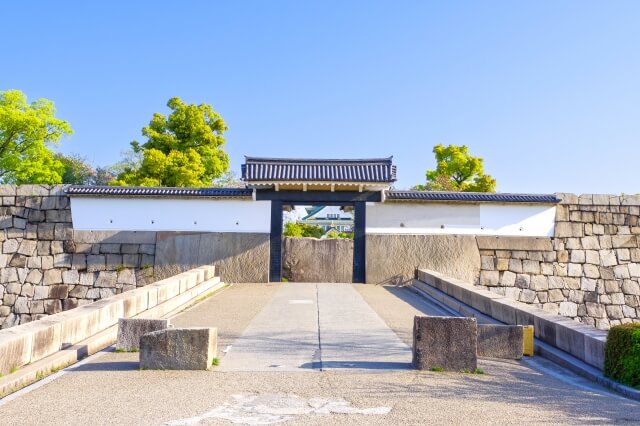
By the way, what beasts do you assume guarded the north and south? It is said that a turtle and snake guarded the north, and a peacock guarded the south.
And this gate is designated as a National Important Cultural Asset by the Japanese Government.

Tako Ishi
The largest stone in Osaka Castle, called Tako-ishi (octopus stone), appears in front of you as soon as you enter the Sakura-mon Gate. The granite pattern on the lower left surface looks like an octopus swimming sideways, especially the tiny holes that look like octopus tentacles. That is the reason why this stone is called Octopus Stone. The stone has a height of 5.5m, a width of 11.7m, a surface area of 59.43㎡, and its weight is estimated at 108 tons.
The Tokugawa Shogun (second owner) ordered local feudal lords in western Japan to bring these vast stones to Osaka Castle. He aimed to show them his power since the Shogun was almost always in Edo, in eastern Japan. And there was another reason. The Shogun conspired to inflict economic damage on them. To transport the massive stones, they needed a workforce and money. The Shogun prevented them from fighting against him by inflicting economic damage. However, the feudal lords showed their competitiveness to the Shogun with these large stones to show off their abilities and rise in the ranks. One local lord carried this huge stone from about 120 km away.
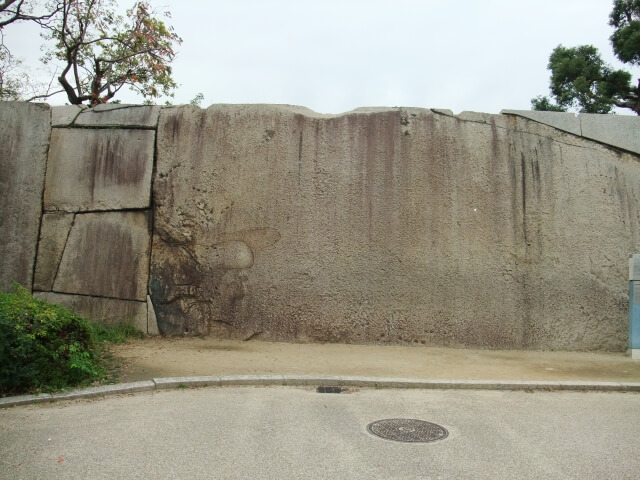
I would like to wrap up here for today. The next one will be the final article, in which I will take you to the Main area! Thank you for reading to the end. I look forward to seeing you next time.
I live in Osaka. I’m a volunteer guide trainee. I want to take you to many good sightseeing spots when you visit Osaka!

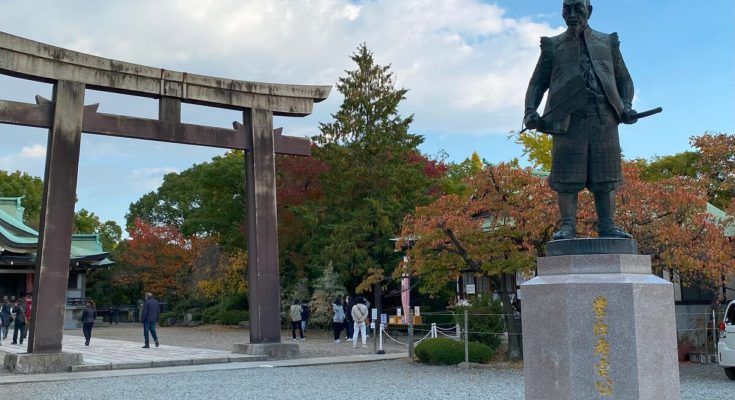
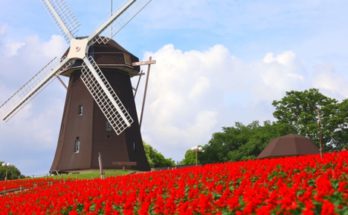

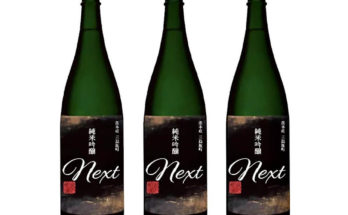
Hi, Toshie san!
Every time I read your articles on Osaka Castle, I am reminded that I know nothing about it, even though I was familiar with it.
It must have been hard to find out so much about so many things.
Thanks for sharing about it as always!
Akiko-san
Thank you for taking your time and reading my article. I’m so happy. I needed to improve with history. But once I relearned it, I realized history taught me a lot. I hope you enjoy reading. Thank you.